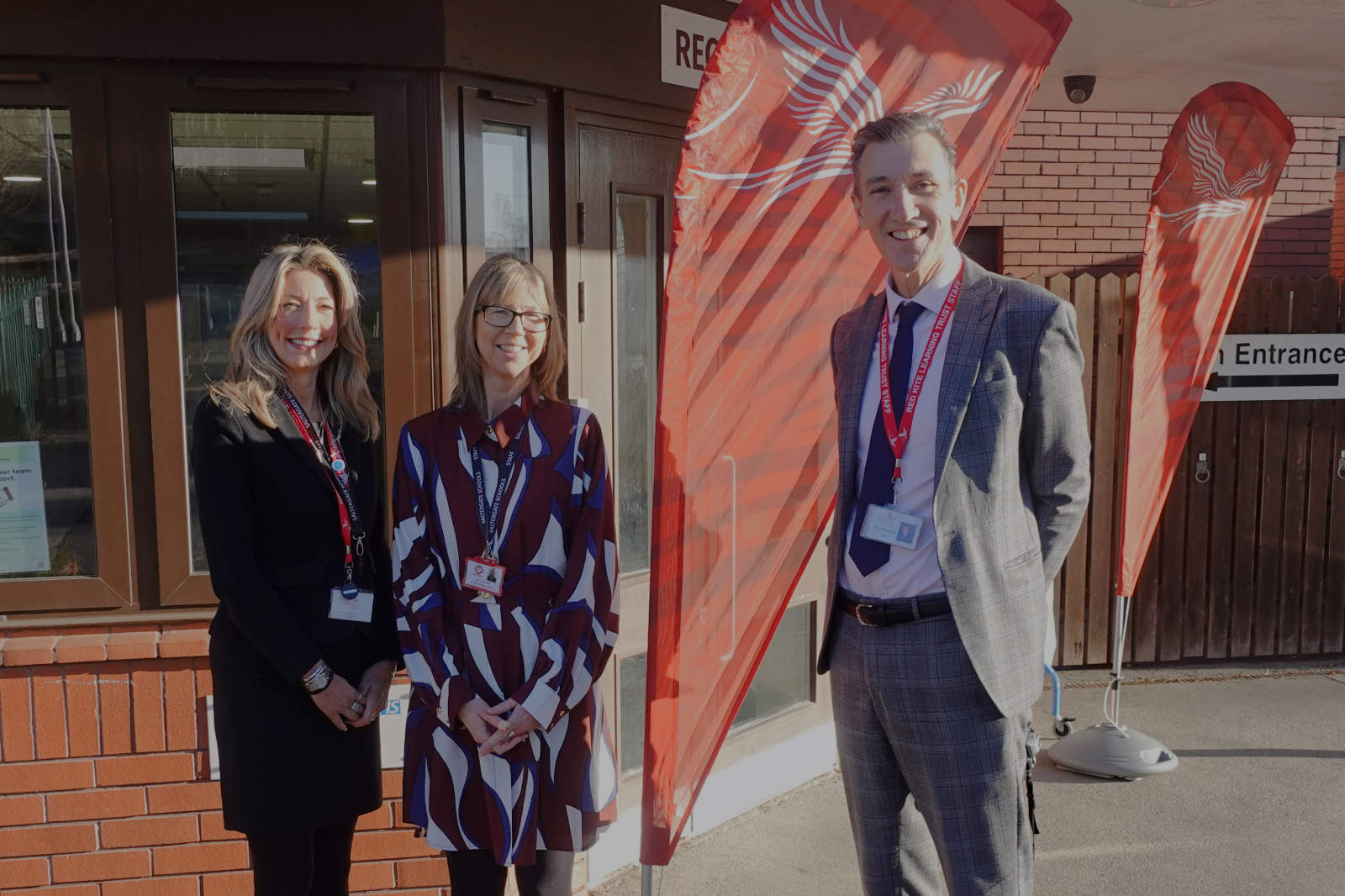Accessible digital documents enable everyone to engage with key information, especially in local communities. As technology becomes integral to daily life, inclusivity in digital formats becomes essential to support accessibility and equal opportunity. When documents are created with accessibility in mind, they foster community involvement and empower people with disabilities or specific needs to participate actively in civic life and contribute to society.
Introduction to PDF Remediation for Accessibility
PDF remediation involves adjusting a PDF document to meet accessibility standards, making it usable for people with disabilities. This process is crucial for ensuring that assistive technologies like screen readers can navigate documents. When documents are correctly formatted, users may find content easier to access, leading to frustration and exclusion. Effective PDF optimisation strategies help organisations reach a broader audience and provide equal access to information.
Making documents accessible offers benefits beyond legal compliance; it improves user experience and supports inclusivity. By prioritising accessibility, organisations create a more open environment for all, regardless of ability. Addressing this need for remediation shows a commitment to understanding and serving diverse community needs.
To simplify this process, organisations can check out Grackle Docs, a tool offering resources to ensure PDFs meet accessibility standards. Using these practices can improve the public image of local governments and businesses, fostering positive community relationships and promoting civic engagement.
Why Document Accessibility Matters for Local Communities
Accessible information is essential for local engagement. For community members with disabilities, accessing information in accessible formats can determine their level of participation. When local governments and businesses follow accessibility guidelines, they set an example, promoting inclusivity across the community.
Consider a local council sharing information on public services. If these documents are inaccessible, citizens who rely on alternative formats might miss vital updates, limiting their community involvement and support. Ensuring accessibility by offering documents in large print, braille, or audio formats allows everyone to engage with the information shared.
Some local governments have made notable progress in improving the accessibility of public documentation. Adopting universal design principles in communications enhances understanding for all community members, regardless of ability. Showcasing these success stories can inspire others to follow, building a positive cycle of inclusivity across the region.
Key Components of Accessible Documents
Accessible documents rely on elements like readable fonts, appropriate tagging, and a clear layout. Fonts should be simple and large enough for readability, while proper tagging enables screen readers to interpret the document structure accurately. A clear, logical layout ensures content flows easily for users to navigate, helping individuals with cognitive disabilities process information without difficulty.
Adapting standard documents to meet accessibility standards can be straightforward. For example, when creating a public announcement, headings and bullet points organise information into a more digestible format. Adding alt text for images enables users with screen readers to understand visual content. These small adjustments can greatly enhance usability for all community members.
Focusing on these components shows a commitment to inclusivity. By prioritising these features, organisations can reach a broader audience and ensure everyone has access to essential information equally.
Using Assistive Technology to Support Accessibility
Assistive technologies, such as screen readers and magnifiers, make documents accessible. Understanding how these tools interact with document design allows creators to align materials with user needs better. Ensuring that text is selectable and avoiding images as text can greatly improve the experience for screen reader users.
Testing documents with various assistive devices is vital to the design process. This practice helps identify improvement areas and ensures the final product is accessible. Engaging with community members who regularly use these technologies provides valuable insights into their experiences, leading to adjustments that enhance usability and effectiveness.
Encouraging user feedback promotes more effective document designs tailored to varied needs. Organisations can identify specific requirements and adjust materials accordingly by maintaining an open dialogue with the community, fostering a more inclusive environment.
GrackleDocs: A Tool for Local Organisations to Ensure Accessibility
GrackleDocs offers powerful tools to support local organisations in making their documents accessible to everyone. Designed specifically to streamline PDF modification, it enables small businesses and councils to create documents that comply with accessibility standards. Its user-friendly interface allows users to quickly identify and correct accessibility issues in PDFs, simplifying the remediation process even for those new to accessibility guidelines.
GrackleDocs provides several accessibility solutions tailored for Google Workspace, enabling easy testing of individual files or entire websites for compliance. This feature is particularly beneficial for local councils and small businesses that need efficient methods for maintaining accessible content across platforms. GrackleDocs integrates seamlessly with Google Docs, making it simple to create and adjust accessible documents within familiar tools.
Local councils, for example, can use GrackleDocs to review and update application forms, meeting agendas, and public notices, ensuring they are accessible to all residents, including those with disabilities.
GrackleDocs web auditing feature combines both manual and automated compliance checks, allowing for thorough monitoring of web accessibility. For organisations aiming to improve their digital inclusivity, this tool provides the necessary insights to address issues proactively. Complete document remediation services within GrackleDocs also provide users with educational resources on creating accessible digital content, helping to build long-term skills in document accessibility.
Organisations using GrackleDocs frequently share positive feedback, noting the tool’s ease of use, effectiveness, and value. By incorporating GrackleDocs into regular workflows, organisations not only improve document accessibility but also build trust with the community and avoid potential legal issues related to accessibility standards.
Boosting Community Engagement Through Inclusive Documents
Creating accessible documents promotes community inclusivity by enabling all residents to participate in local activities and decision-making. When information is available in formats that meet diverse needs, community members are more likely to engage with local initiatives, attend events, and share their perspectives on key issues.
Local businesses circulate accessible flyers for community events and council meetings, making materials available in multiple formats and illustrating successful practices. These actions increase attendance and create an environment where everyone feels valued and heard.
Organisations can involve individuals with disabilities in the document creation process to ensure content resonates with all community members. Including insights from those most affected by accessibility challenges makes content more relevant and engaging.
By adopting these practices in local communications, organisations can greatly enhance community participation and foster a culture of inclusivity, benefiting the entire community.







